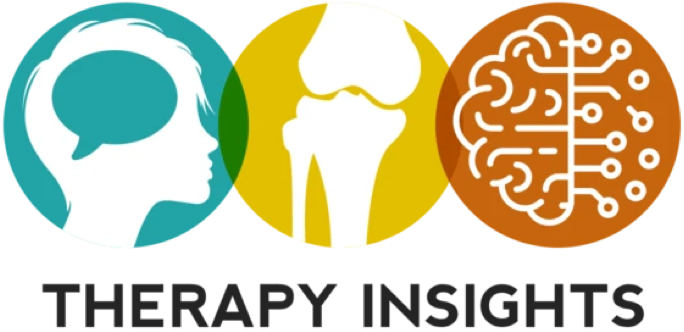Handout
Candidiasis (Oral Thrush)
Print Resource
— US Letter — 1 page
AdultSLPDysphagia
This handout is describes the causes, signs/symptoms, treatment, and prevention guidelines, with an emphasis on proper oral care.
